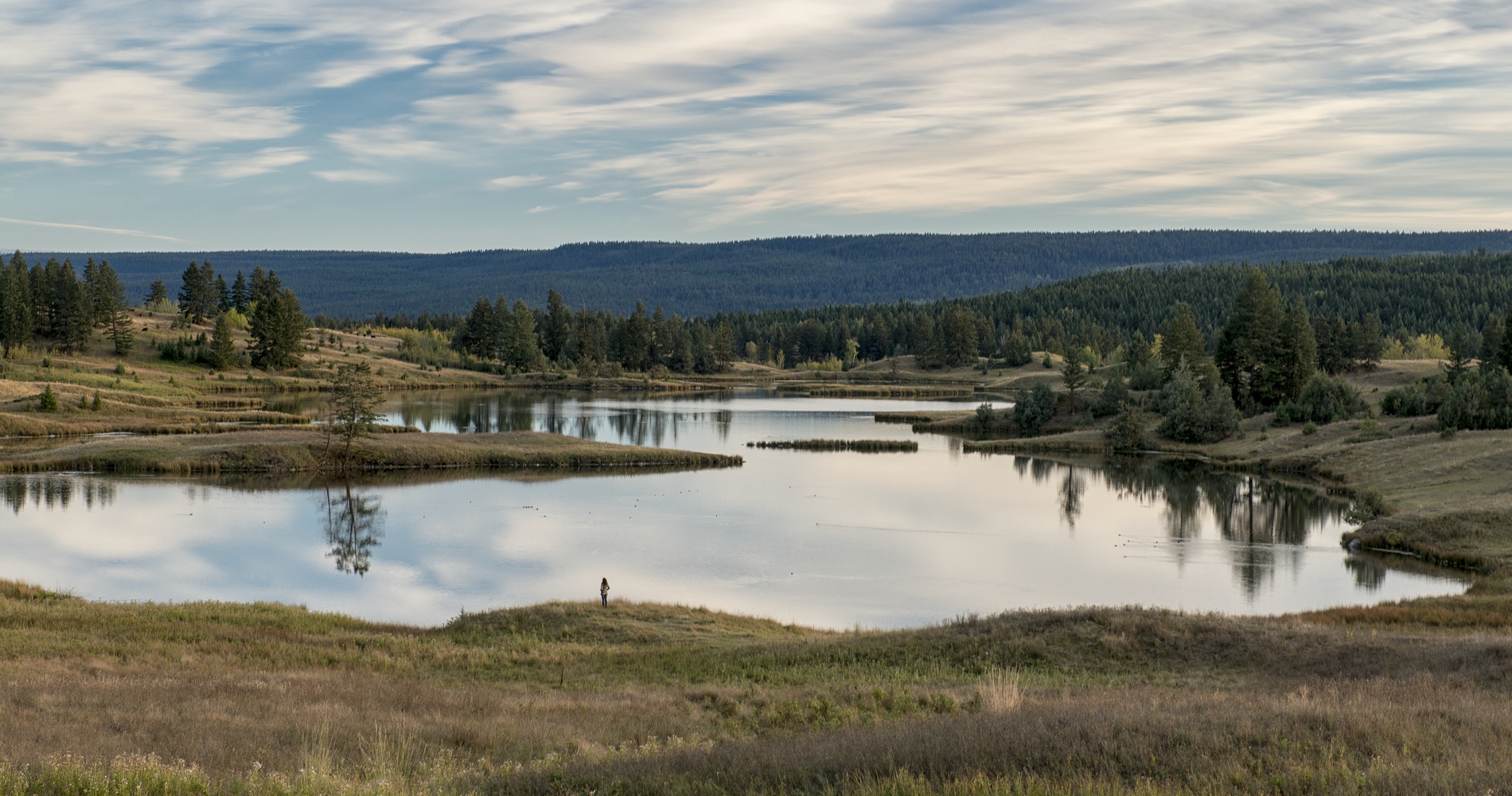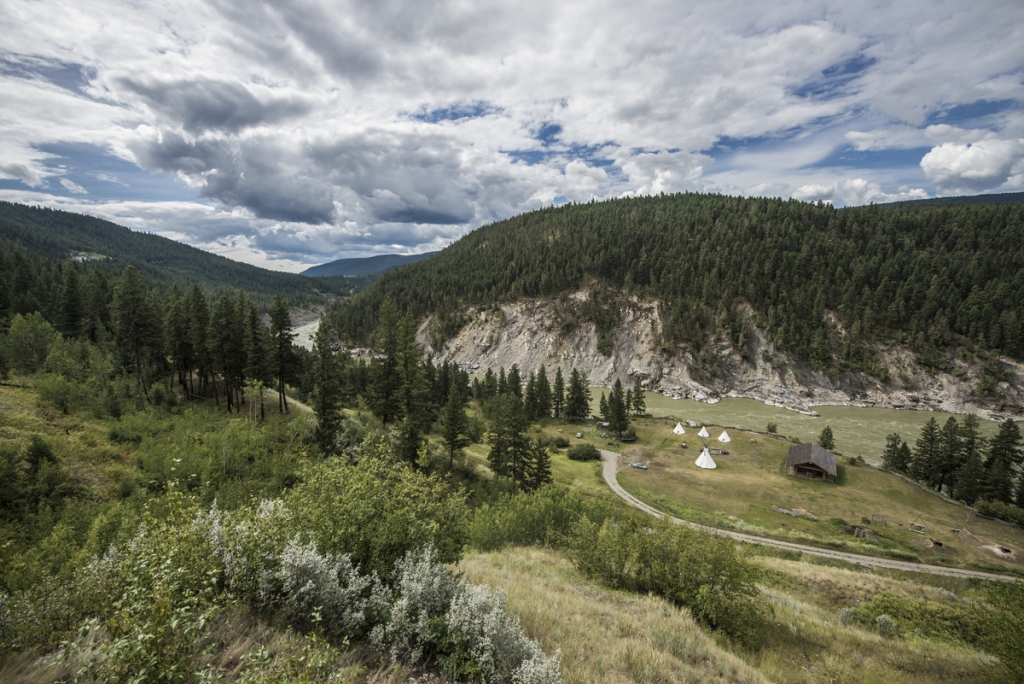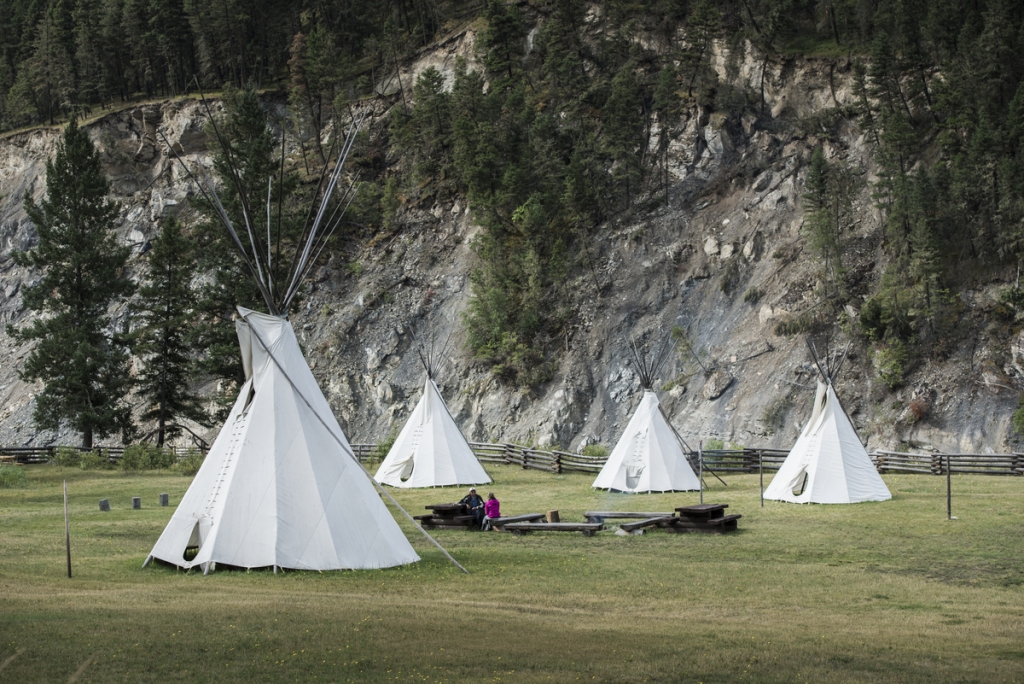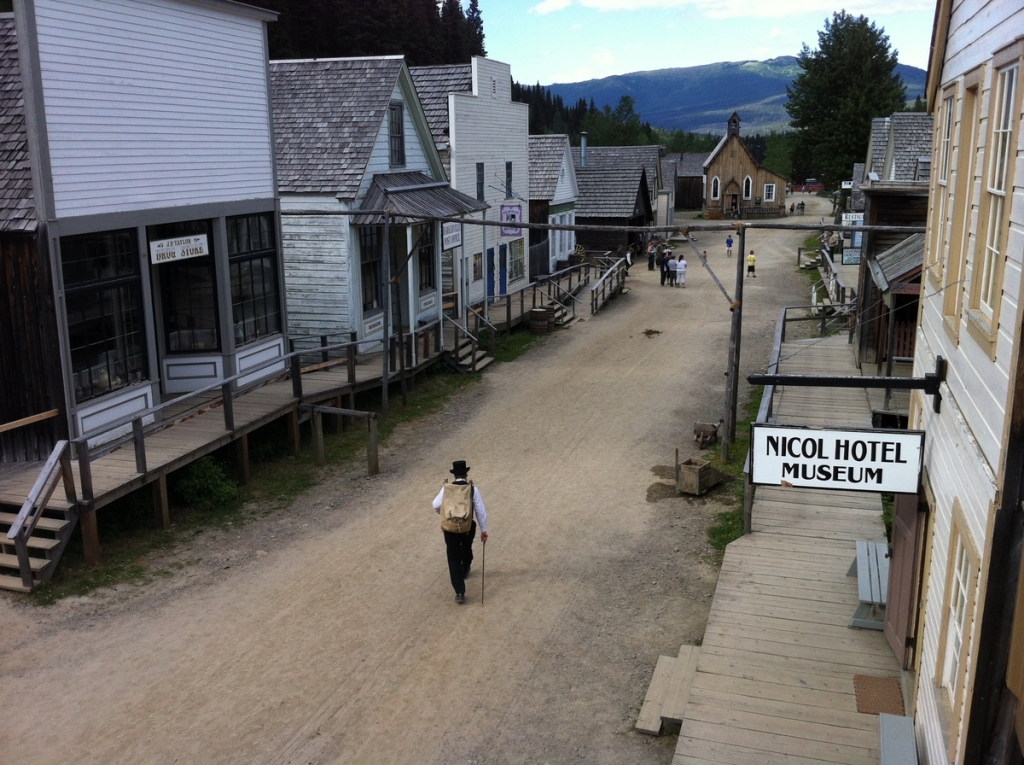Getting Here & Getting Around:
Williams Lake Airport is supported by Pacific Coastal Airlines who provide services to people with mobility issues. Please contact the airline in advance to discuss assistance. At the airport, National Car Rental may be able to provide Adaptive Driving Devices or offer surrogate drivers.
Accessible Williams Lake Accommodation Suggestions:
Wheelchair-accessible guest rooms are available at the Coast Fraser Inn, Best Western Williams Lake Hotel, Sandman Hotel & Suites, Ramada by Wyndham Williams Lake, and the Super 8 Hotel Williams Lake.
Don’t Miss:
The Museum of the Cariboo Chicoltin, located at the Tourism Discovery Centre—a massive, log home-style Visitor Information Centre—is a must. The museum showcases the diverse history of the Cariboo Chilcotin region and is the only museum in BC that focuses on ranching, rodeos, and cowboys.
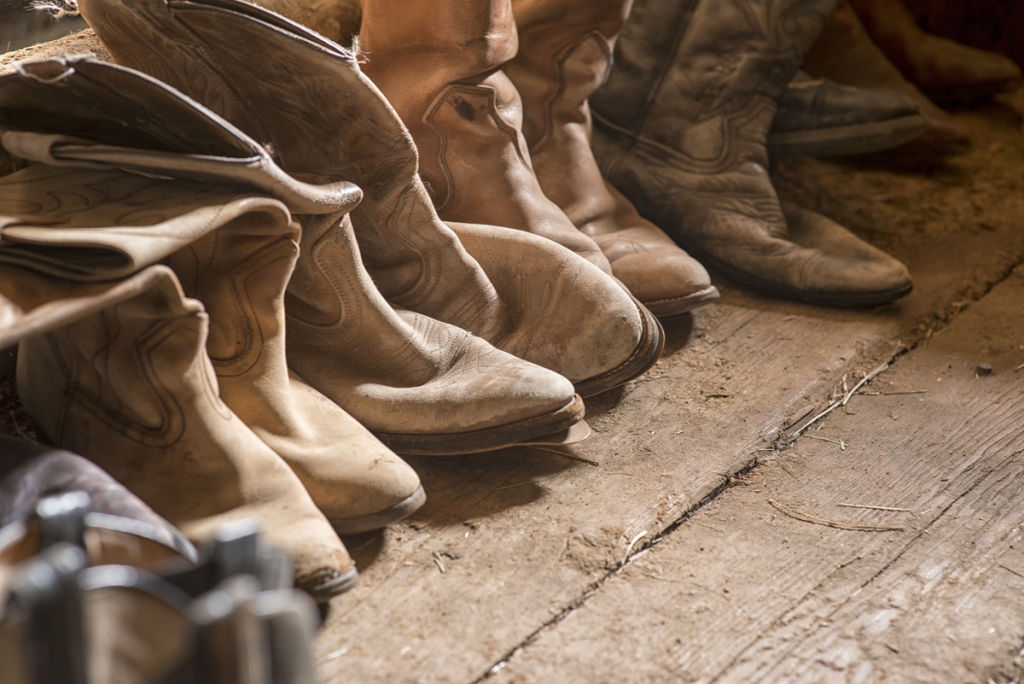
Boots at Watch Lake Lodge | Michael Bednar
Scout Island is the place for bird watching. In spring and fall, hundreds of species of migratory birds pass by the area’s marshland and lake. The nature house and some of the trails are wheelchair accessible, but call in advance for current trail conditions.
Detour east to the small town of Horsefly, and you’ll find a community dedicated to accessibility. All Horsefly businesses are accessible, as are amenities such as the local campground, fishing dock, and the Horsefly River Spawning Channel Trail.
For dining options, visit Tourism Williams Lake and call individual establishments to verify wheelchair accessibility. Local recommendations include: MR MIKES SteakhouseCasual, and the Point Restaurant.


